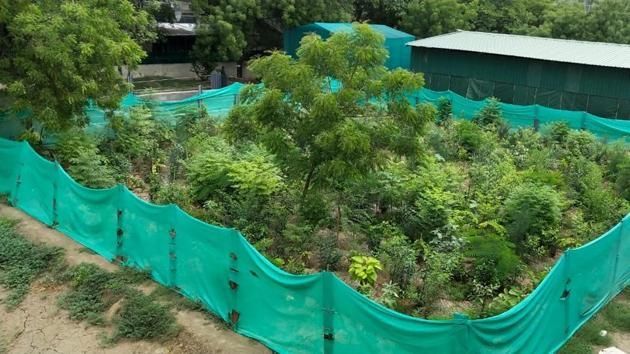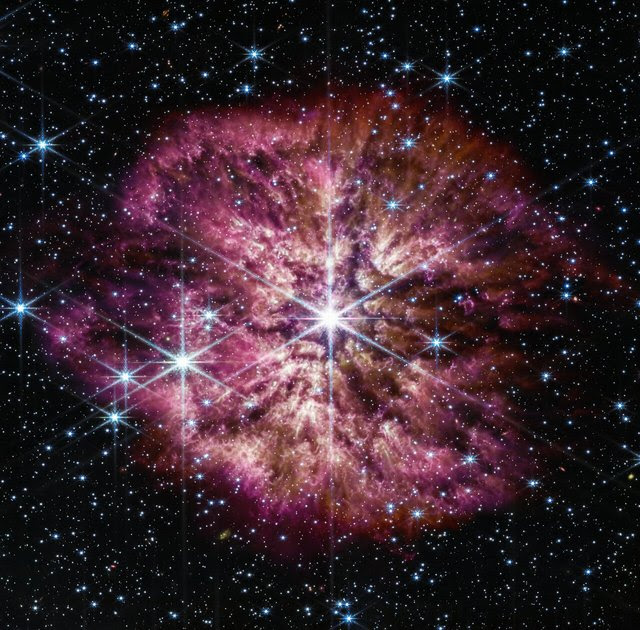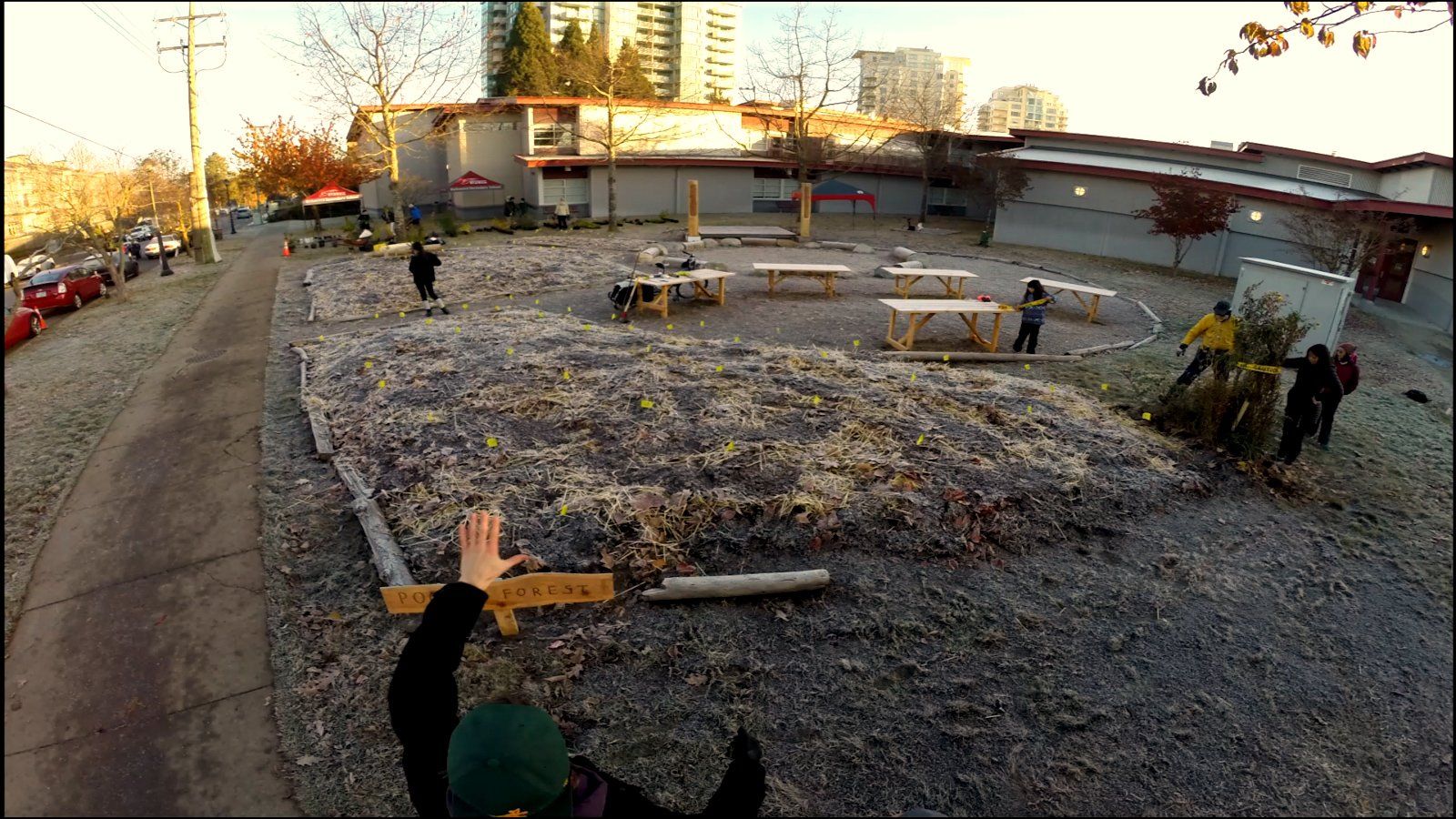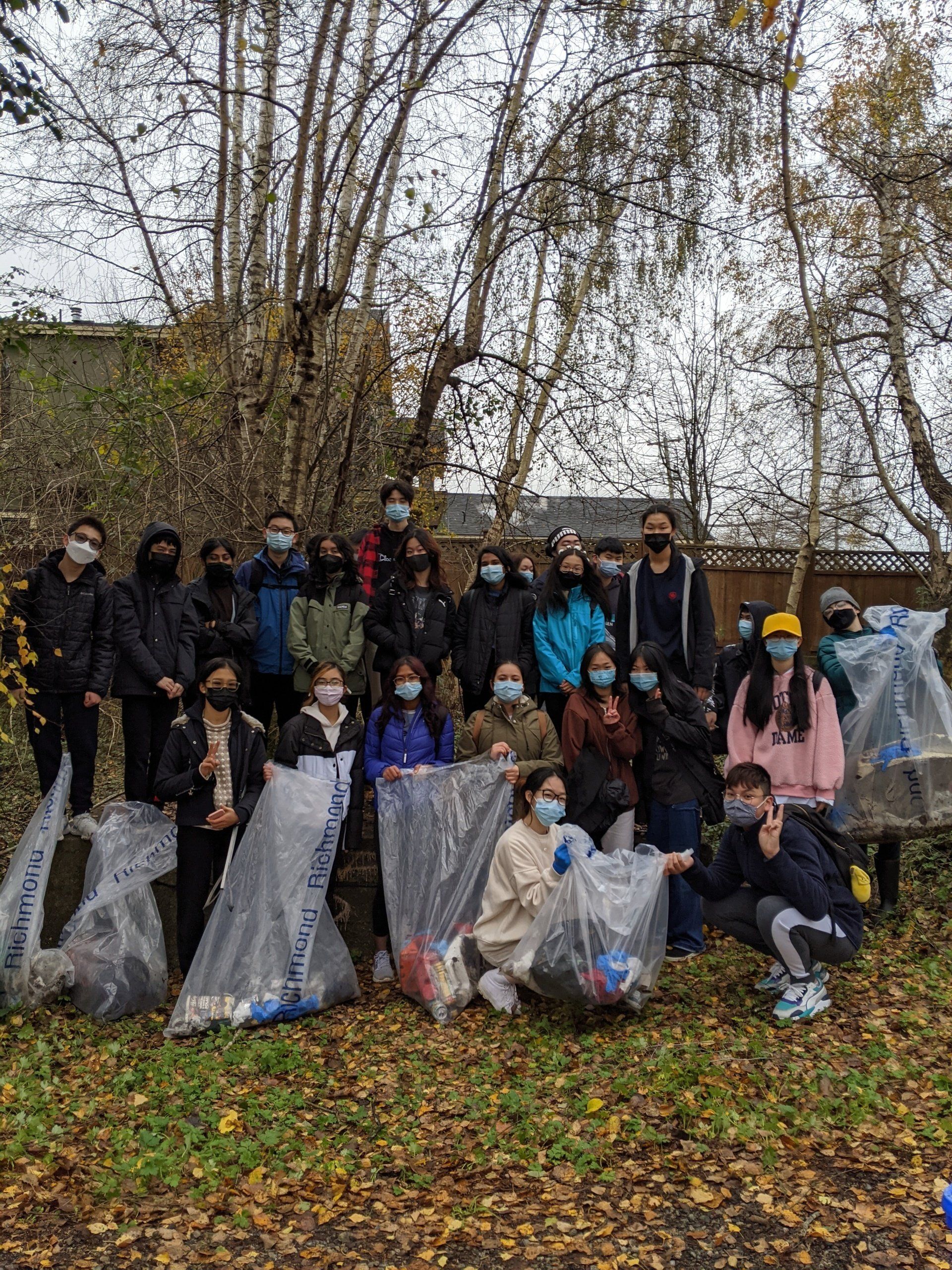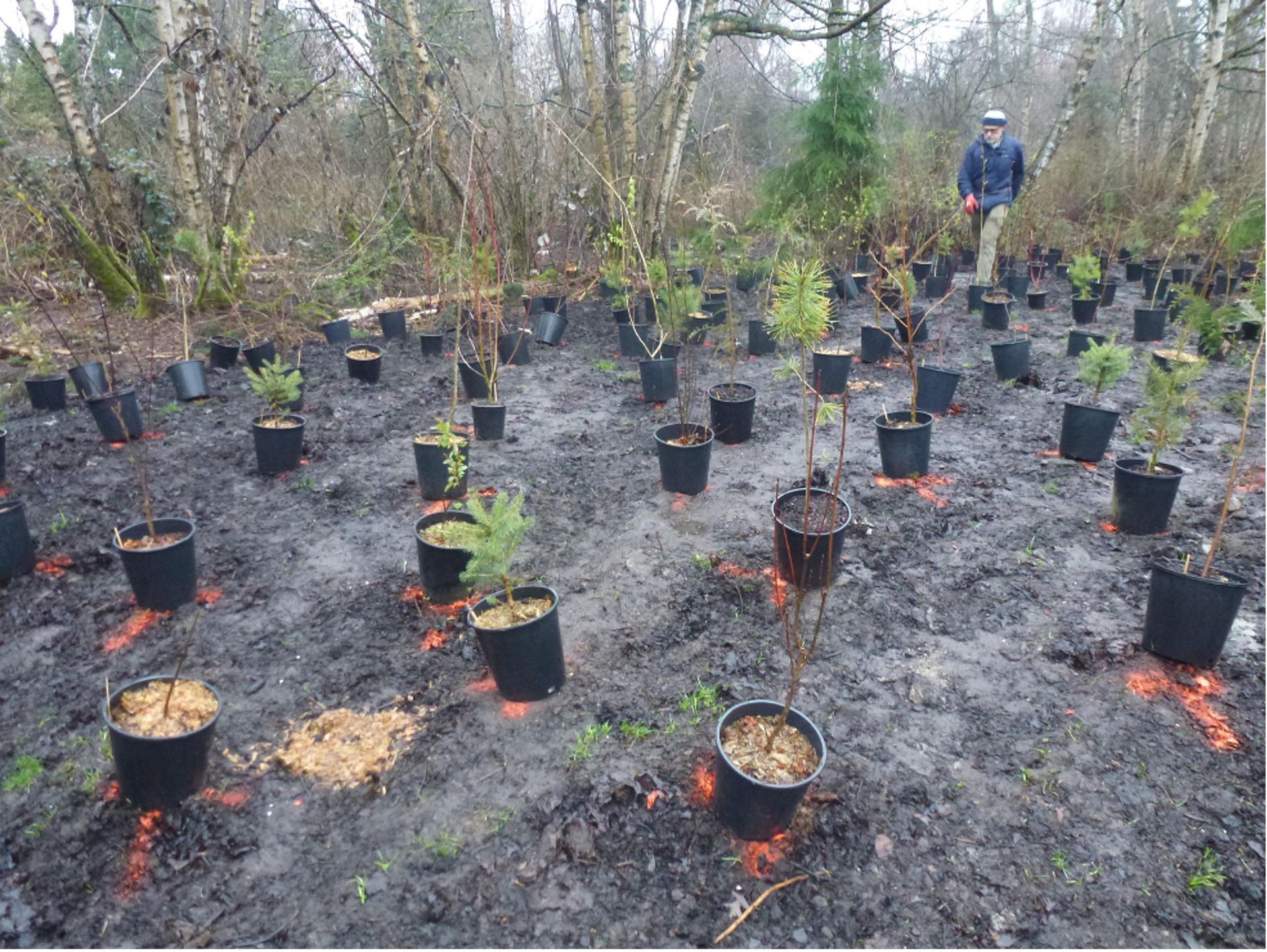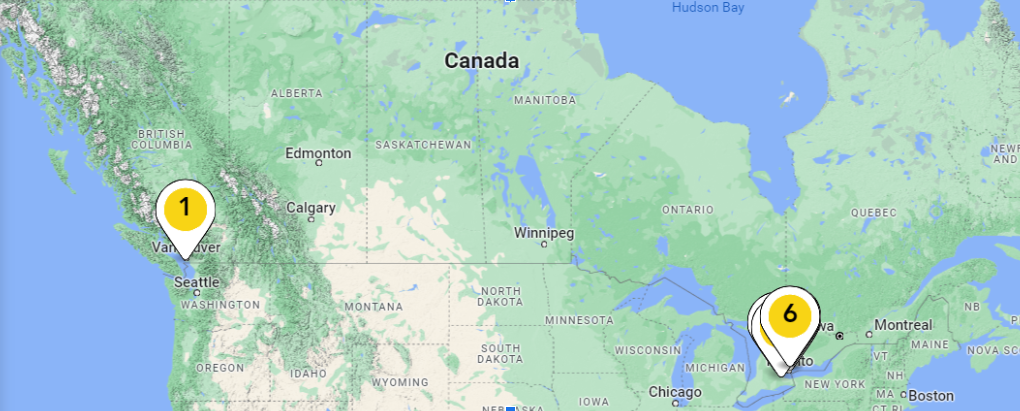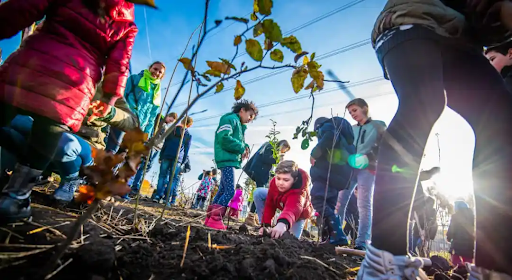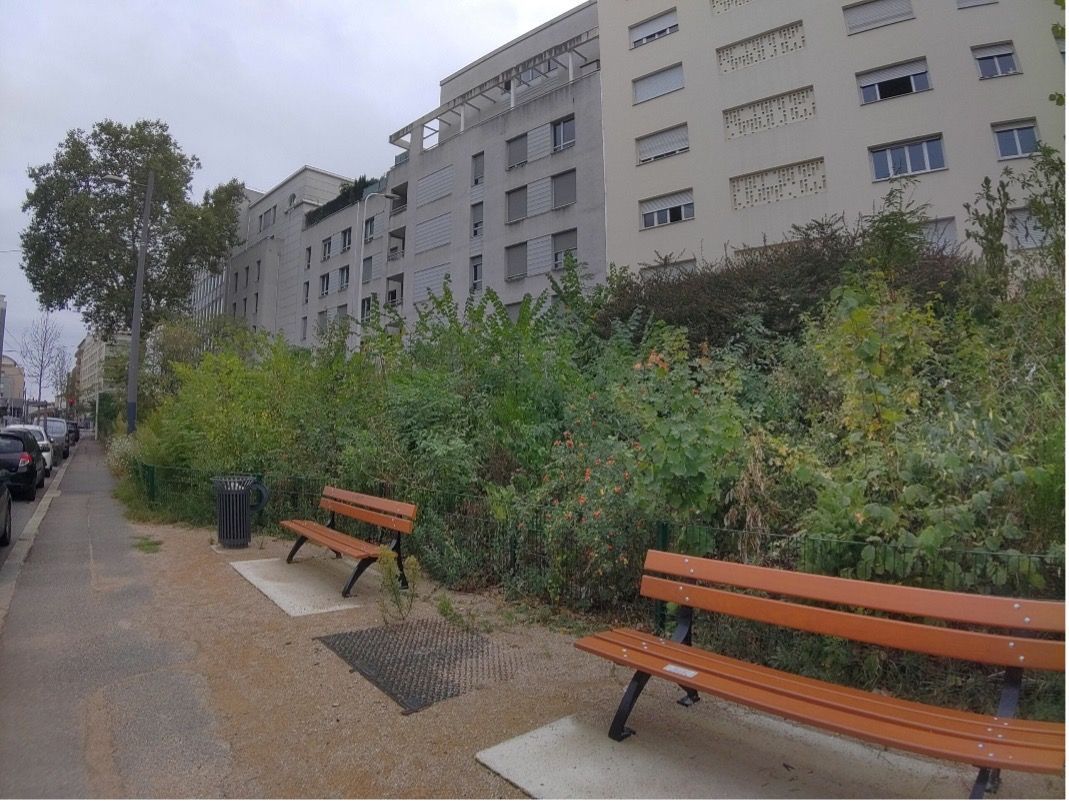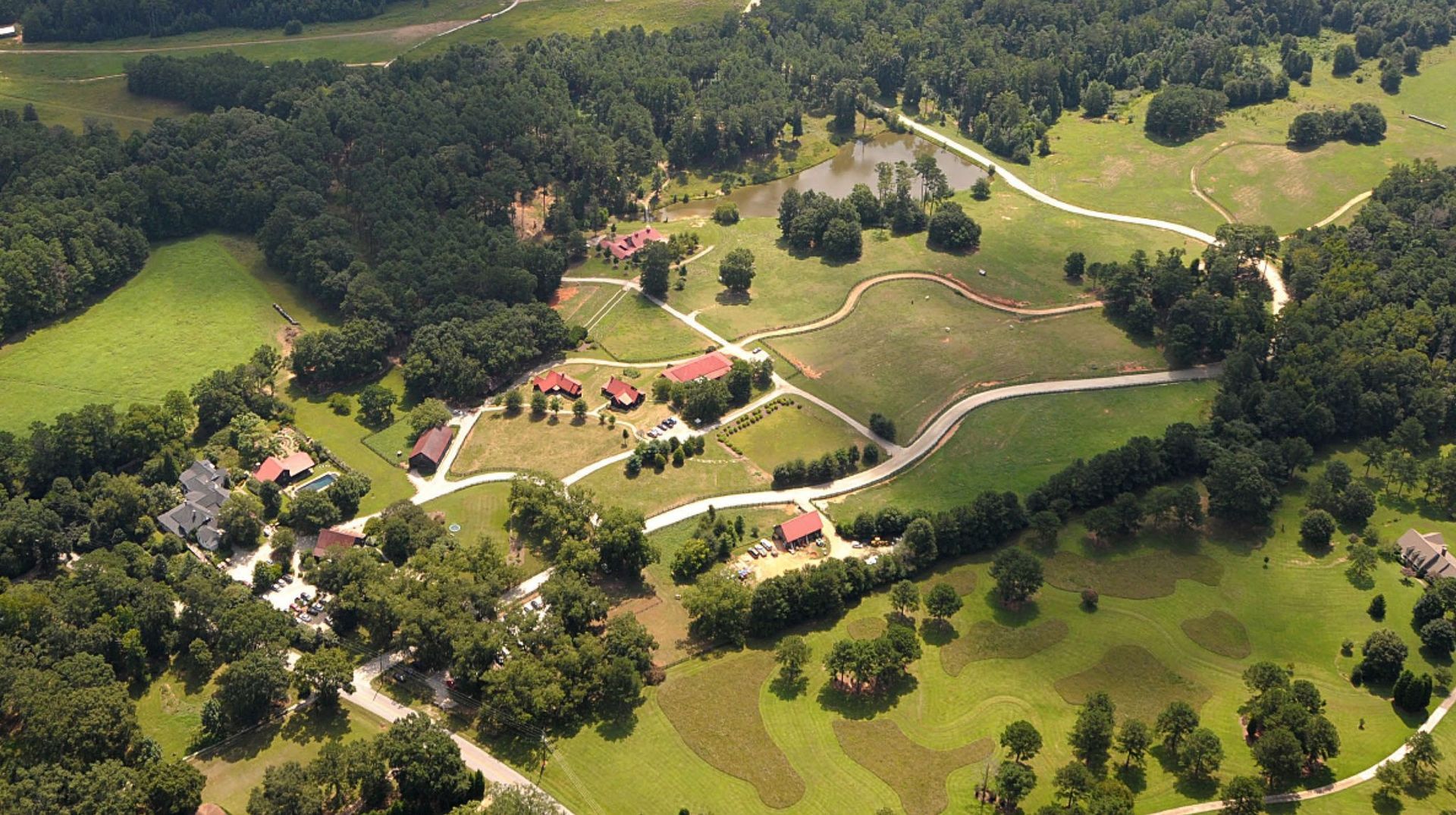Follow the Money...to the New Story!
The NEW STORY of our Earth home doesn't include funding fossil fuels.
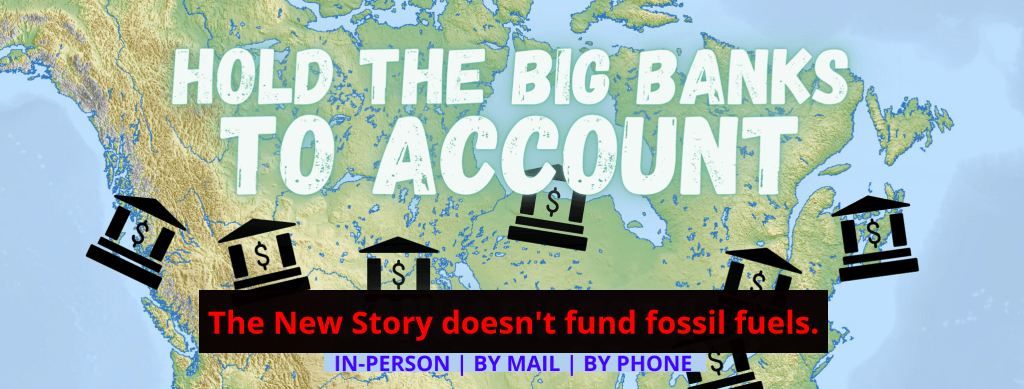
Dear Friends,
Our Programs in Earth Literacies are about igniting our connection with the living Earth and the profound connection of all life that emerges on it. But did you know that our work promoting Earth Literacies goes beyond our workshops?
Increasingly, we are joining our voice to others who are finding ways to productively and collectively resist the exploitation and destruction of our earth home. Our friends at the Climate Pledge Collective and the young leaders in @Climate Strike Canada have been drawing attention to the fact that the money we put into Canada’s Big 5 Banks is being used to fund the climate-destroying fossil fuel projects we so urgently need to end. While each of us can find ways to consume less or to better account for our carbon footprints, these individual actions are meaningless if we don’t also realize that our banks are funding the climate crisis by financing the exploration and development of NEW oil and gas deposits.
According to this 2020 report from the Rainforest Action Group, developed fossil fuel reserves already exceed our carbon budget for keeping our future global temperature increase under 1.5C – not a safe level, but one that might be achievable and might avoid the worst of the worst future climate scenarios. Even if we left the rest in the ground, just developing proven fossil fuel reserves will guarantee a disastrous future.
On January 29, Canada’s Big 5 Banks were put on notice: Divest from Fossil Fuel Projects or the People will move their money. If you missed the action on January 29, and would like to participate, it’s not too late to learn more about fossil fuel financing and the BankSwitch campaign. To watch the BankSwitch webinar hosted by the Climate Pledge Collective, please click here. After you watch, be sure to do something: talk to someone about what you learned (even if it's uncomfortable); address a letter to your bank; plan a switch, if necessary. The movement to divest from fossil fuels will not be lead by the banks, but by millions of people demanding ethical, sustainable, energy development.
As the deadline for divestment nears (April 22, 2021, International Mother Earth Day), let’s keep in our hearts and minds the actions big and small, individual and collective, that honour the gifts of our Earth home and our obligation to sustain it into the future.
More info: https://climatepledgecollective.org/bankswitch/
Banking on Climate Change Report: https://www.ran.org/bankingonclimatechange2020
How to Switch: https://www.sustainableeconomist.com/how_to_fire_your_bank
